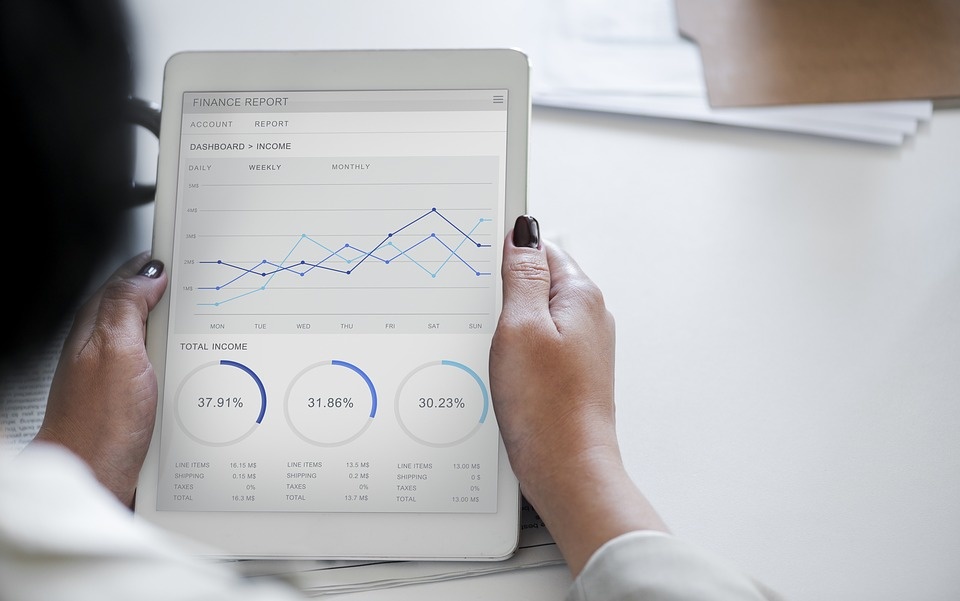
Microweddings are the next hottest trend.
Traditional weddings can be incredibly stressful, not to mention super pricey – many newlyweds couldn’t even buy a house with that money. What’s supposed to be the happiest day of your life can often feel like an endless quest for absolute perfection – almost as if the ceremony doesn’t come off flawlessly, the marriage itself










